AA 274a / CS 237A / EE 260A
Principles of Robot Autonomy I
Fall 2023
Course Description
This course will cover basic principles for endowing mobile autonomous robots with planning, perception, and decision-making capabilities. Algorithmic approaches for trajectory optimization; robot motion planning; robot perception, localization, and simultaneous localization and mapping (SLAM); state machines. Extensive use of the Robot Operating System (ROS) for demonstrations and hands-on activities. Prerequisites: CS 106A or equivalent, CME 100 or equivalent (for calculus, linear algebra), and CME 106 or equivalent (for probability theory).
Instructors
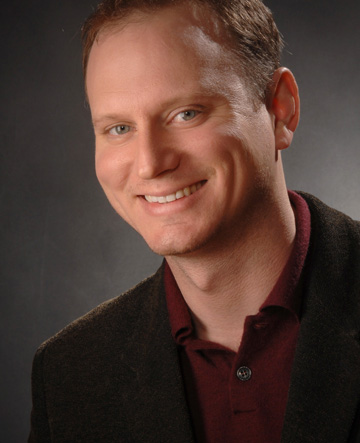 Mac Schwager
Mac Schwager
|
|---|
 Roya Firoozi
Roya Firoozi
|
Course Assistants
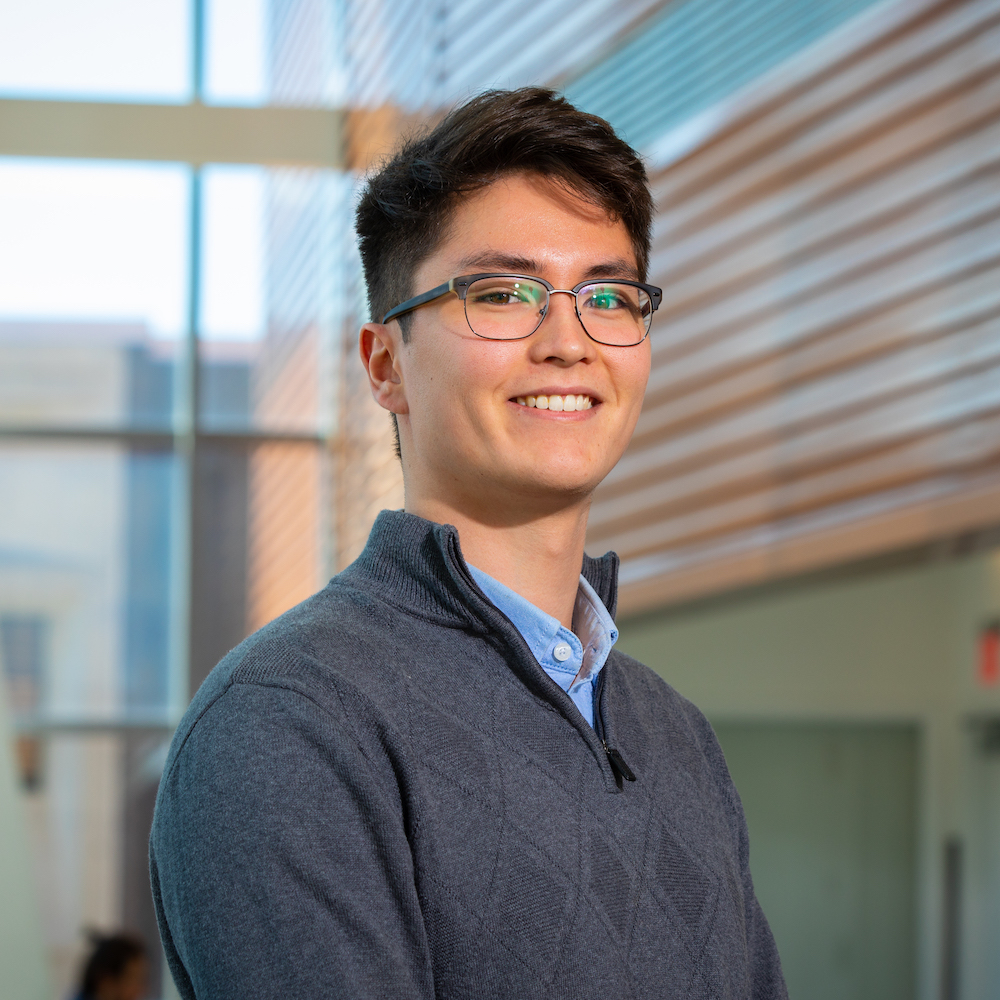 Javier Yu
Javier Yu
|
 Tanmay Agarwal
Tanmay Agarwal
|
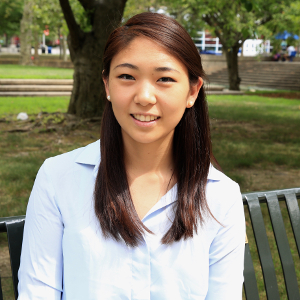 Keiko Nagami
Keiko Nagami
|
 MacVincent Agha-Oko
MacVincent Agha-Oko
|
|---|---|---|---|
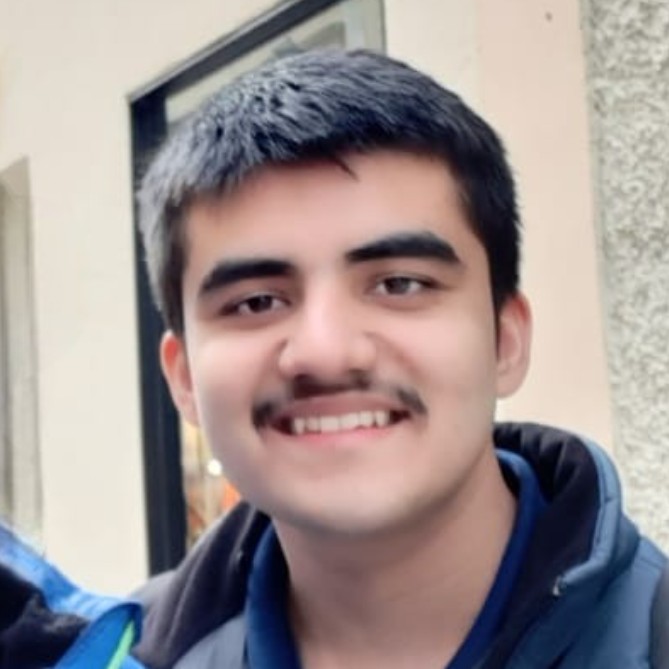 Abhyudit Manhas
Abhyudit Manhas
|
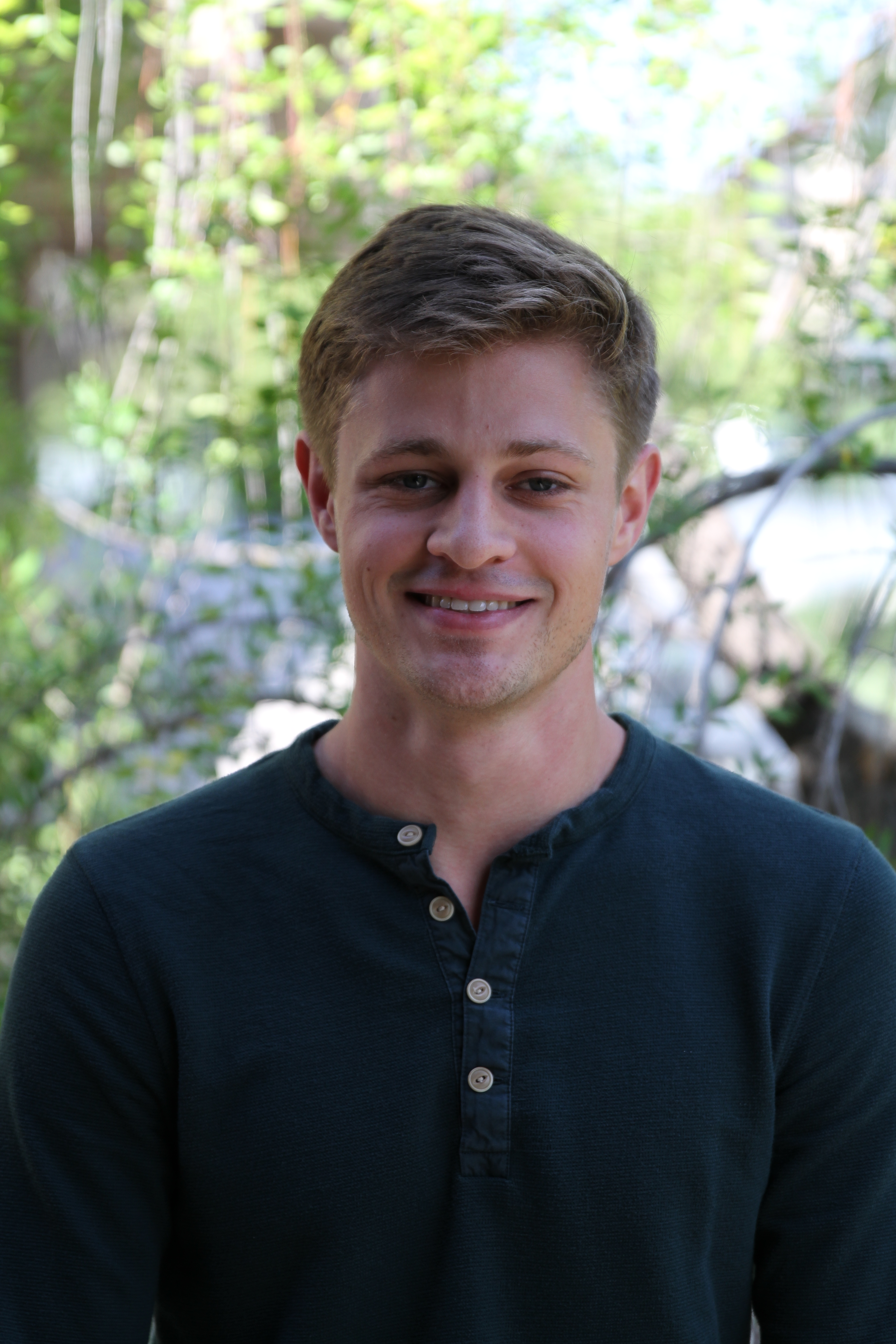 Joe Vincent
Joe Vincent
|
 Sunny Singh
Sunny Singh
|
Meeting Times
Lectures meet on Tuesdays and Thursdays from 1:30pm to 2:50pm at Gates B1.
Students are expected to attend one 2-hour section each week. Check announcements for more details
Office Hours
Mac's office hours are Tuesdays 3-4 PM in Durand 266 and by appointment.
CA Office Hours
Monday (Hybrid, 5:30 PM-7:30 PM, Durand 023) Sunny & Tanmay
Tuesday (Hybrid, 10 AM-12 PM, Durand 450) Joe & Tanmay
Wednesday (Hybrid, 9 AM-11 AM, Durand 270) Keiko & Javier
Thursday (In-Person, 6:30 PM-8:30 PM, Skilling) Abhyudit & MacVincent
For urgent questions, email the staff mailing list at aa274a-aut2324-staff@lists.stanford.eduSyllabus
The class syllabus is on Canvas.
Resources
You may need to use VMWare to run various parts of the software for this class. Follow the setup guide here.
Links
Canvas -- for course content, recordings, and announcements.Gradescope -- for homework and project submissions.
Edstem -- for discussions and questions.
Schedule
Refer to the syllabus on Canvas.
Follow this link to access the course website for the previous edition of Principle of Robot Autonomy I.